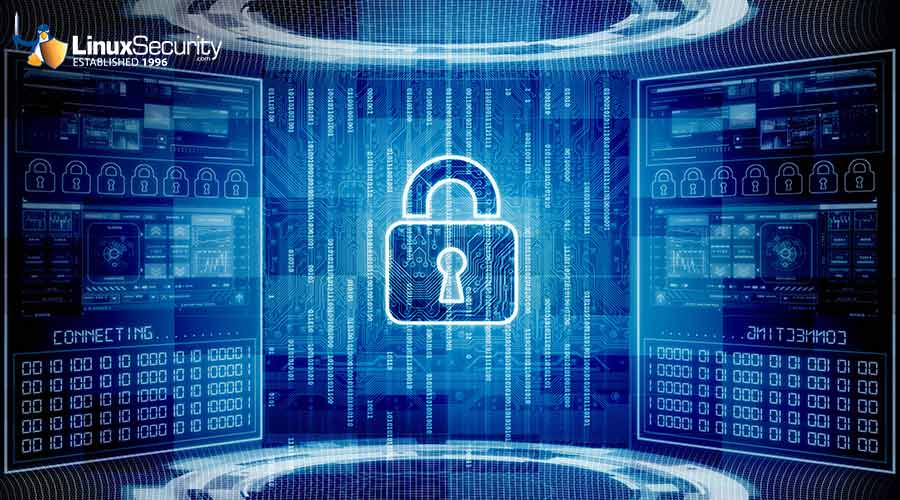DNSSEC: What Is It Good For?
The proposed solution to the basic key management problem is to have Network Solutions sign everyone's public key. For example; myname.com will create a key, sign it, and then send it to Network Solutions for signing. DNS servers around the world who have Network Solutions' key are now able to reject DNS records about myname.com that aren't accompanied by the appropriate signatures.
This is the proposed method for global DNSSEC. It hasn't happened. There is no Network Solutions key that everyone knows, and Network Solutions has no mechanism to gather *.com keys. The highest level domain, '.' (dot), also needs to be under some administrative control. IANA or ICANN can hold this key, and sign all TLD's (.com, .org, etc), but the political mess this would create puts the implementation a long ways off. Whether the U.S. holds the key to the entire Internet or not, someone must before DNSSEC can work globally. Until this is in place, DNSSEC cannot protect anything outside your administrative control or access; meaning you have to manually distribute keys.
The link for this article located at Enterprise Networking Planet is no longer available.























